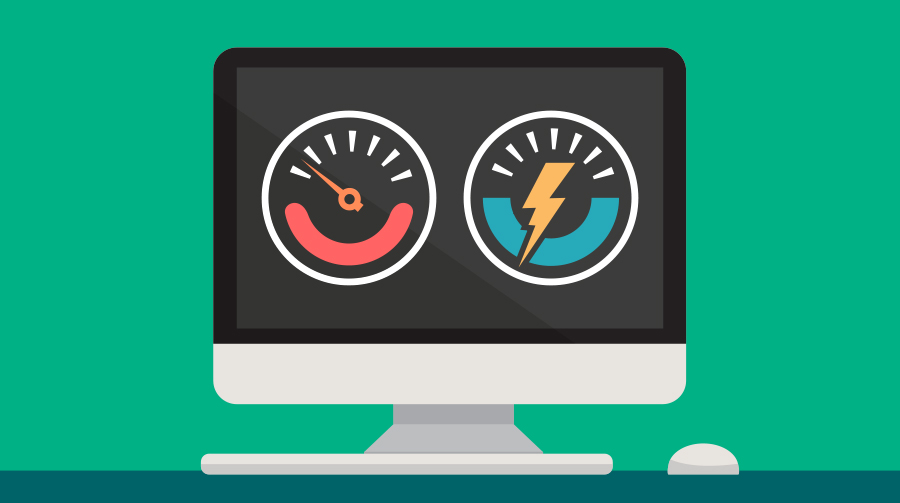Who says it’s hard to save money, even in a down economy? There’s a quick way to cut your expenses, and it’s literally at your fingertips. Your computer – desktop or laptop, at work or from home – can burn major wattage each month, especially if you’re not careful about its energy use settings. Even in sleep mode, a computer will continue to consume standby power. In one year, a typical desktop that’s on 24/7 releases carbon dioxide that’s equal to driving 820 miles in an average car. That’s a lot of wasted power, especially when saving power is so simple.
With just a few little adjustments, you can save hundreds of dollars in computer energy use over its lifetime. Here are some great energy savings tips for your computer.
1. Disconnect external devices
Devices that connect to your computer such as printers, headphones, and webcams consume power, too. That’s why you should disconnect or remove these devices from your PC when you are not using them.
2. Plug all equipment into a Smart Strip
A smart strip is a series of several electrical outlets in one strip, with circuits to monitor and maximize your gadgets’ power consumption. It can electronically unplug any device so that they stop drawing current, and you save energy. By connecting your computer and peripherals like printers and scanners to the smart strip, you don’t need to unplug your equipment when you’re not using them.
3. Adjust your computer’s energy settings
Computers often offer various power options for performance, i.e. low power-use, low performance, or high power consumption, high performance. Try setting your device to a low-energy setting – you’ll be surprised by how little it affects the functionality. For example, you can make sure your hard drive and monitor go into sleep mode when they’re left idle for a few minutes. You can further save electricity by lowering the brightness of your screen.
4. Shut down and unplug your computer when not in use
If you are not yet using a smart strip, then it’s best to shut down your computer when you’re not using it. Make sure to unplug your machine and its peripherals as well, because leaving them plugged in consumes standby power.
5. Use a charger only when charging your laptop
When we charge our laptops, it’s easy to just leave them there and forget about them. This overcharging eventually degrades the battery. Meanwhile, leaving the charger plugged in — even if it’s not connected to your computer — also consumes standby power. To save energy, either use a wall outlet with a timer, or plug your charger on a smart strip.
6. Turn off the monitor instead of using a screensaver
Screensavers do not save energy. Their function these days is reduced to visuals only. Turning off the computer monitor instead of running screensavers saves lots of energy.
7. Upgrade your device
Laptops use much less energy than desktop computers, so it might be worth making the switch if you’re conscious about energy usage. Similarly, newer computers, monitors and other parts tend to be more energy efficient.
The bottom line
When it comes to conserving energy, every little bit goes a long way. Saving energy is a combination of smart choices in hardware plus developing good energy-conservation habits. Computers and laptops are often large consumers of energy in the home, but don’t worry, follow these energy saving tips for your computer to build up some significant energy savings.




